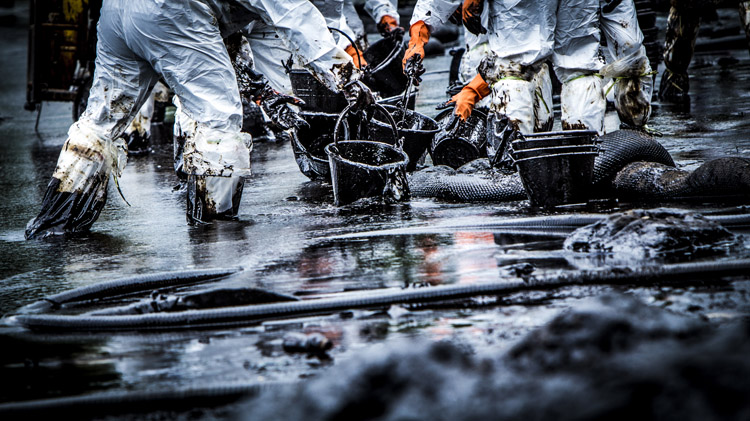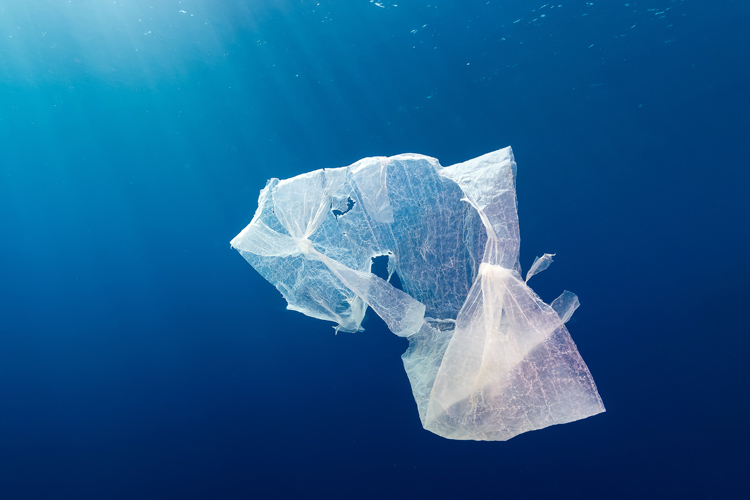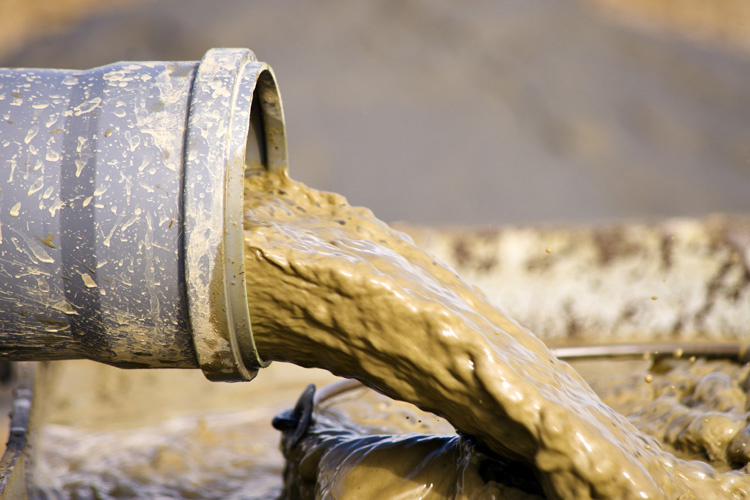The causes and effects of water pollution are various, well-known, and fully documented. The blue planet that we once knew is something of the past. Here's why H2O is the new gold.
Nevertheless, we continue to treat the main component of Earth's oceans, lakes, rivers, and living organisms as a dispensable commodity.
We sometimes forget that around 45 percent of the world's population lives within 90 miles (145 kilometers) of the ocean and that roughly 43 percent of the planet's humans depend on seafood as the primary protein source in their diet.
The facts and figures are undeniable. For example, 18 billion pounds (8.16 billion kilograms) of garbage are dumped into the ocean every year.
Is that sustainable in the future? How will the human race live with that? Believe it or not, it's in our hands to change the dramatic course of our water.
Recycle, avoid plastics, reduce your water consumption, stay alert, and enlighten people around you. Small actions have enormous impacts.
The destruction of our water resources leads us to a couple of introductory questions.
What are the causes of ocean pollution? How does water pollution affect humans?
The following list of evidence proves that we've failed to deal with the advent of water pollution.
We're the ones to blame. But we're also the ones who are suffering the consequences of our actions.
1. Water pollution kills around 10,000 people around the world every day - that's 3.6 million people every year;
2. Every eight seconds, a child under the age of five dies from diseases related to contaminated water;
3. 80 percent of ocean pollution comes from land-based sources - oil, pesticides, septic tanks, dirt, discharge of nutrients, untreated sewage, run-off, farms, motor vehicles, ranches, etc.;
4. 40 percent of China's water bodies are polluted, and roughly 700 million Chinese citizens drink contaminated water regularly;
5. Oil is more harmful to the ocean's ecosystem than waste and trash;
6. For every one million tons of oil that are shipped, one ton is spilled into the waterways;
7. 1.3 million gallons of oil is spilled into the ocean every year;
8. Only 12 percent of the oil that is leaked into the ocean is the result of spills - the rest comes from land;

9. Lake Karachay, in Russia, is considered the most contaminated and polluted lake on the planet;
10. 40 percent of all lakes and rivers in the United States are too polluted for fishing and swimming;
11. 85 percent of Bangladesh's groundwater is contaminated with arsenic;
12. 80 percent of urban sewage discharged into the Mediterranean Sea is untreated;
13. Planet Earth now has around 500 "dead zones," the equivalent to the territory of the United Kingdom;
14. The most common element found in the world's oceans is plastic, but there are also fishing gear and nets and cigarette buts;
15. There are more microplastics in our oceans than stars in the Milky Way;
16. 46 percent of plastics produced on the planet float;

17. 80 percent of all trash floating in the oceans is made of plastic, i.e., around 46,000 pieces per square mile;
18. 10 percent of the plastic we use in our daily lives - the equivalent to 700 billion plastic bottles - ends up in the oceans;
19. 40,000 tons of plastics are currently floating on the oceans' surface;
20. Most of the ocean plastic waste can be found in the five subtropical gyres - Indian Ocean, North Atlantic Ocean, South Atlantic Ocean, North Pacific Ocean, and South Pacific Ocean;
21. The Great Pacific Garbage Patch, a continent made from plastic trash, is thought to be 386,000 square miles, i.e., an area bigger than Texas;
22. Los Angeles dumps 22,000 pounds (9,979 kilograms) of soda bottles, grocery bags, and plastic straws into the Pacific Ocean every day;
23. In North America's Lake Erie, 85 percent of the plastic particles are smaller than two-tenths of an inch;
24. 50 percent of all sea turtles, 44 percent of all seabirds, 22 percent of all cetaceans, and a long list of fish species have already eaten plastics;
25. Plastics and water pollution kill more than a million seabirds and 100,000 marine mammals every year;
Explore the most common types of water pollution, and take a look at a few things you might not know about the oceans.
